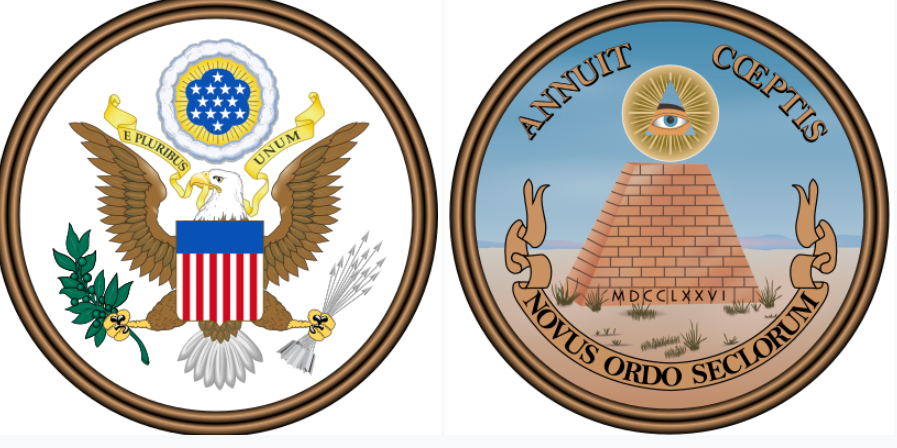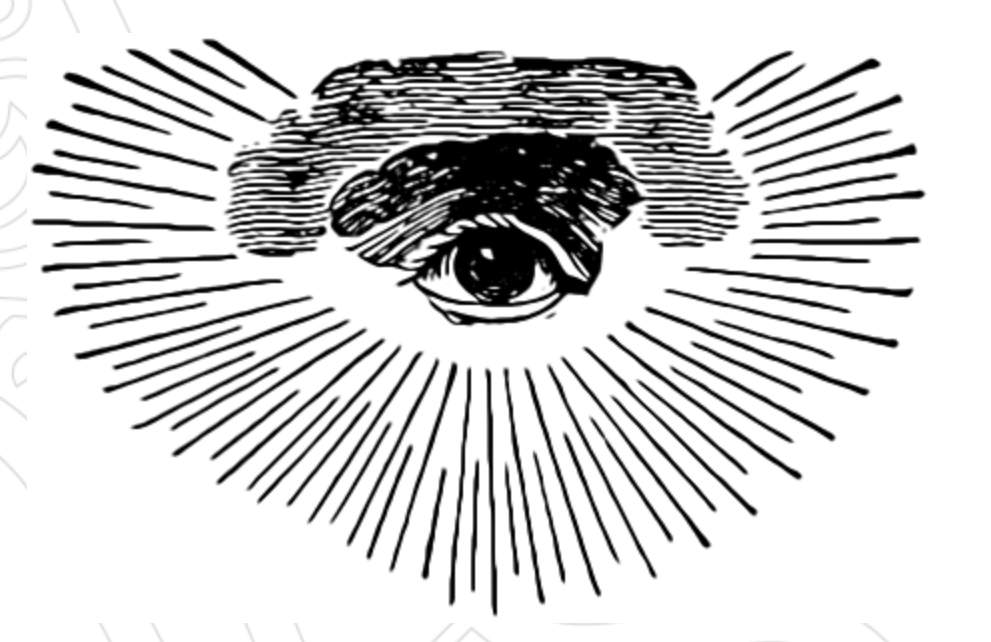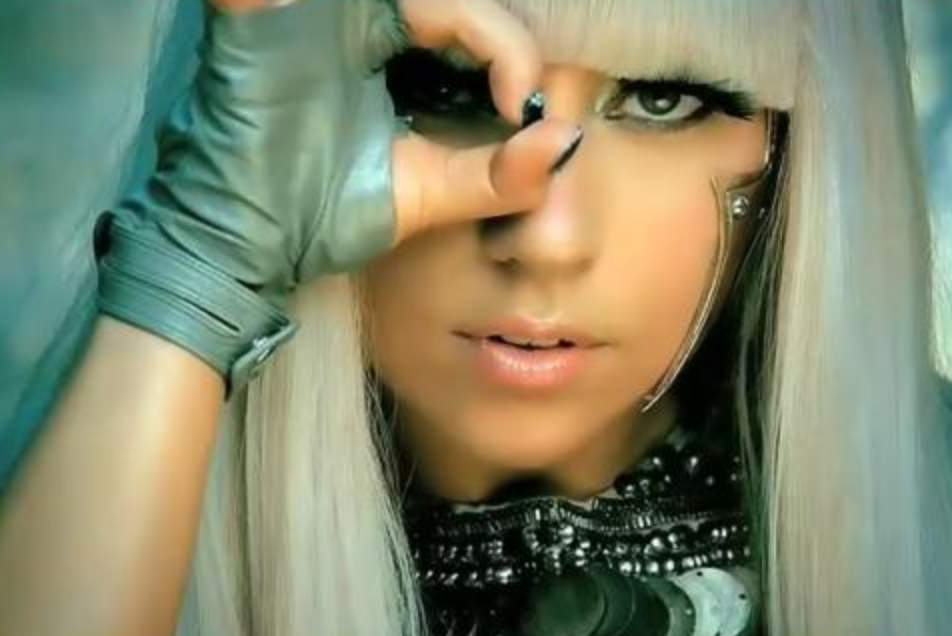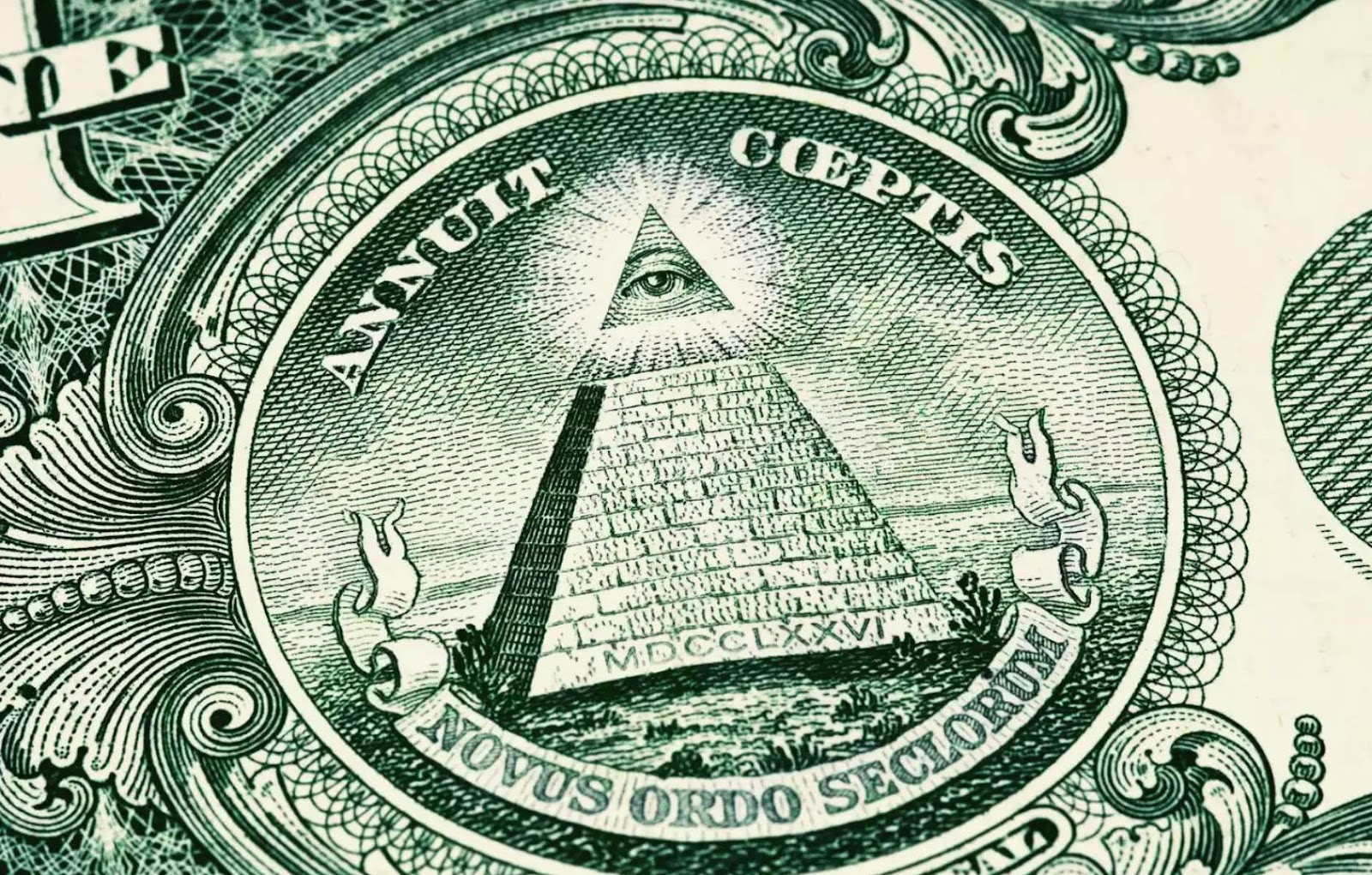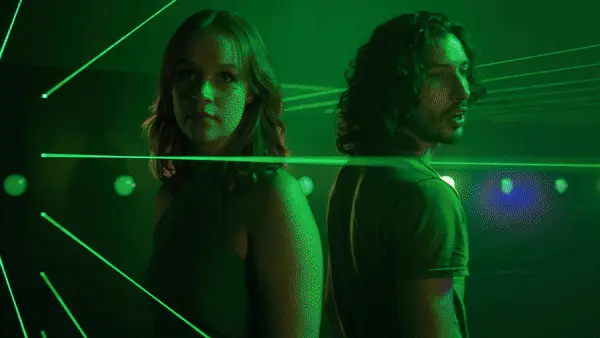5
minute read
In the quiet corridors of conspiracy theory, a mysterious emblem known as the Eye of Providence has long captivated the imagination.
Found on the reverse side of the US dollar bill and the Great Seal of the United States, the eye-in-a-triangle symbol has sparked whispers of connections between the Illuminati and the upper echelons of American government and Hollywood royalty including Beyonce and Rihanna.
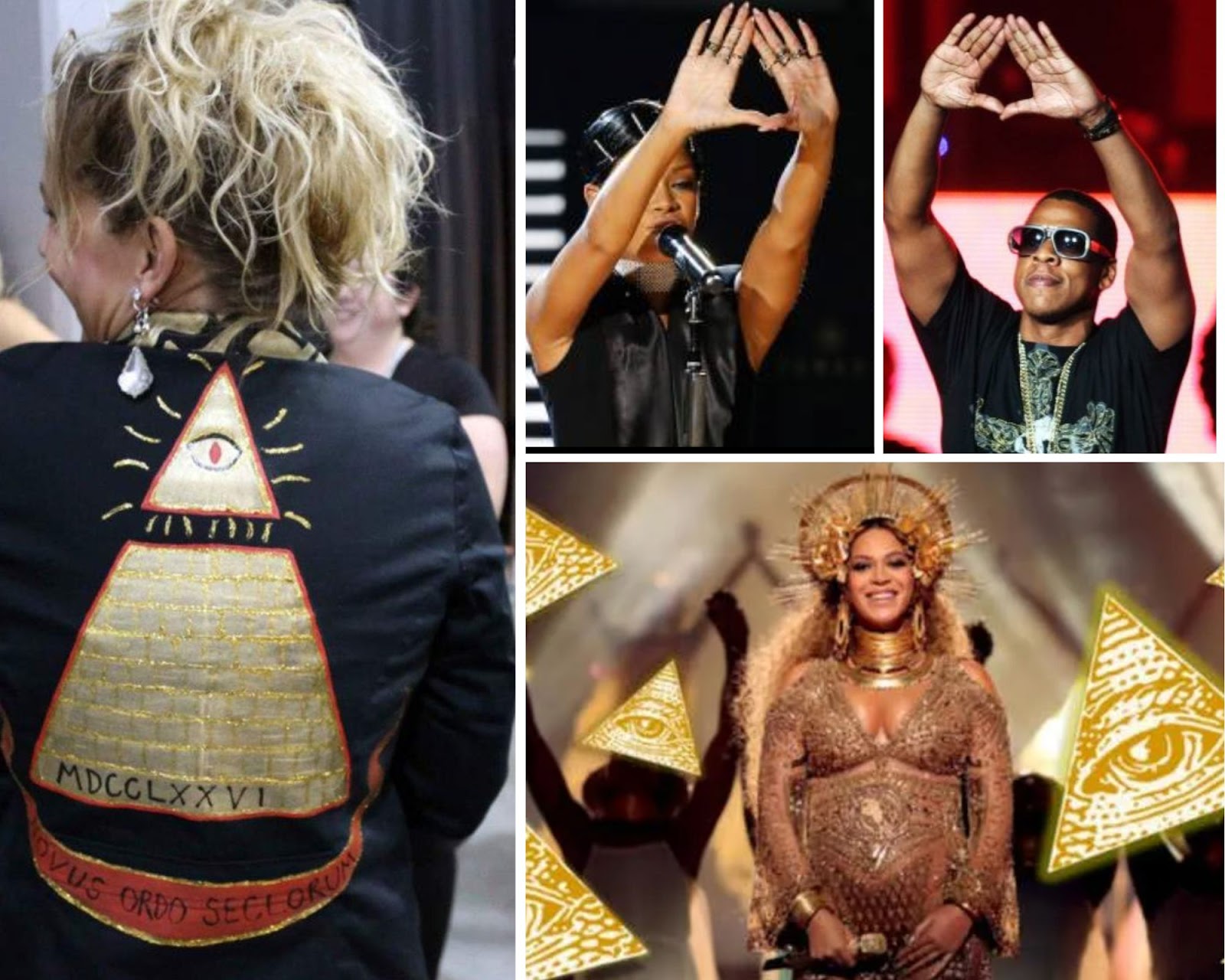
The Eye of Providence & the Freemasons
The Eye of Providence can be found gracing the facades of numerous churches and Masonic edifices worldwide, its roots intertwined with Freemasonry and secret societies. It can also be seen in blockbuster movies including National Treasure (2004) where the group presses an eye engraved into the wall to enter a hidden room.
The history of the Illuminati's Eye of Providence
Beneath the veil of intrigue and Hollywood plot twists lies a deeper history, one that stretches back to the earliest annals of human spirituality. It is a tale not just of conspiracy, but of the evolution of a symbol that transcends borders and time.
As the whispers go, the origins of the all-knowing eye are far older than the pages of Illuminati conspiracies. In fact, it once held a different meaning altogether, rooted in the realm of Christianity. During the Renaissance, this eye was a symbol of divinity, an eye-in-triangle representing God, often portrayed in religious art like Pontormo's Supper at Emmaus (1525). The eye symbolizes God watching over humankind.
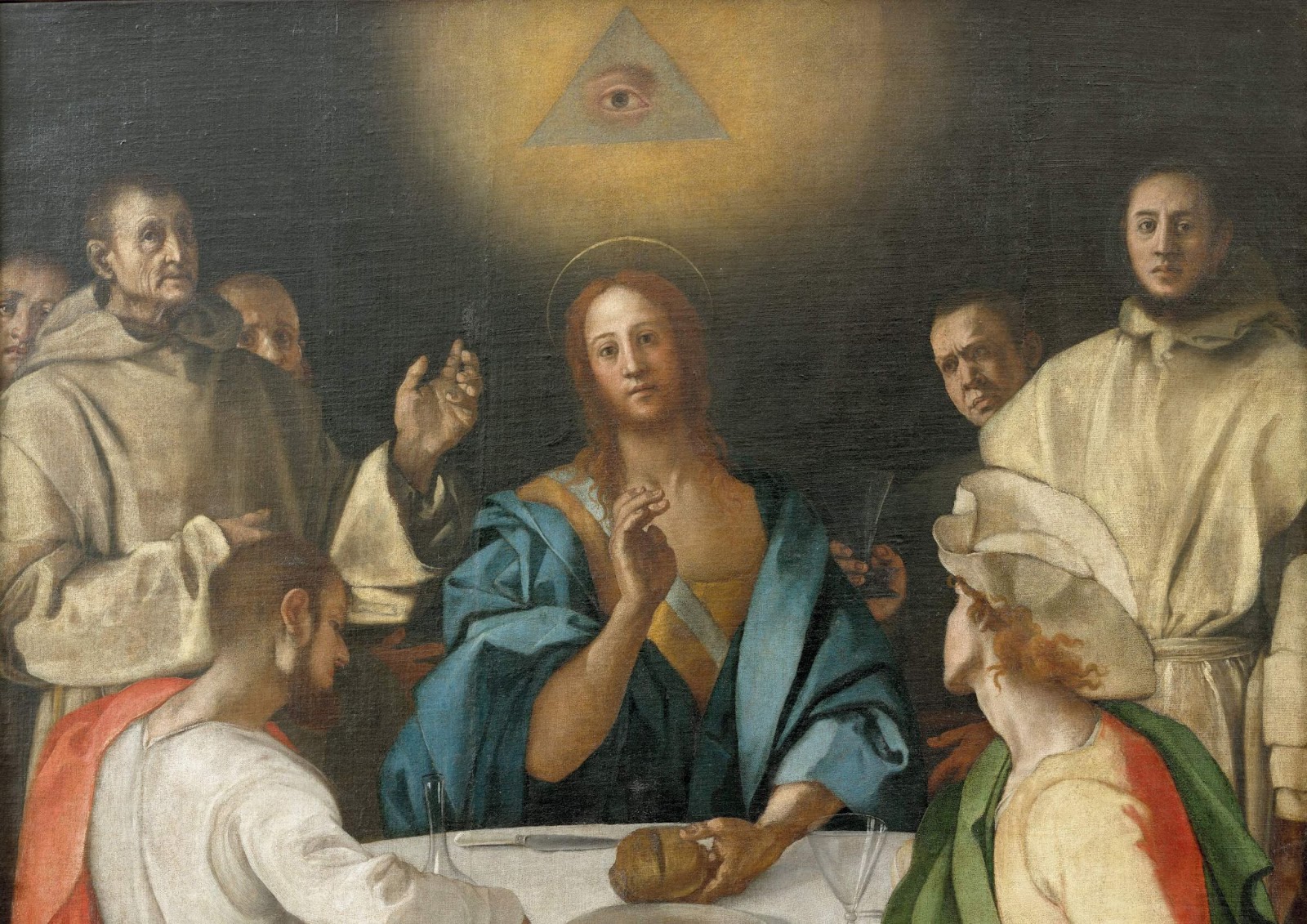
The Eye of Providence & the Sumerians
The passage of time has woven a tale of intricate interconnections around the eye's narrative. In the third millennium BCE, the Sumerians harnessed the visual might of an enlarged eye, employing it to communicate the sacred essence enshrined within specific sculptures.
These artful creations became vessels of ceaseless vigilance, and the Sumerians even orchestrated ceremonies symbolically unveiling the eyes of the statue, breathing life into their carved forms.
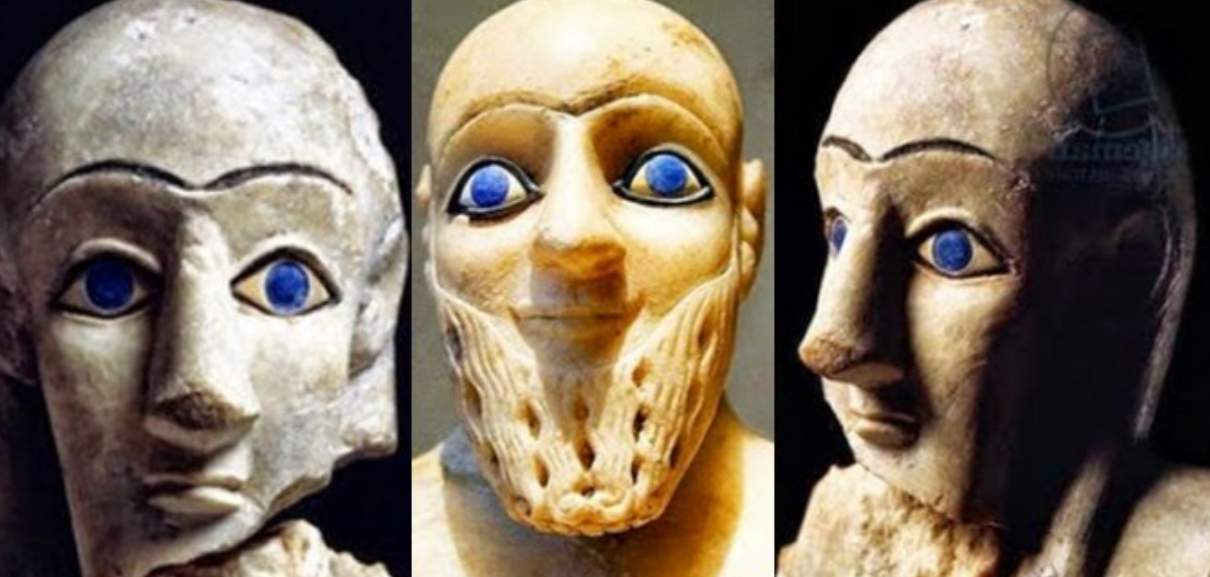
Eye of Horus
The ancient Egyptians gave the eye its iconic form, the Eye of Horus. This hybrid symbol, part human and part falcon, bore the dark markings of a falcon's brow and cheek. According to Egyptian myth, the god-King Horus, often depicted with a falcon's head, lost and later healed his eyes in a battle with his uncle.
The Eye of Horus became a protective amulet, a pocket-sized guardian carried for personal defense. The symbol was believed to have protective magical power and appeared frequently in ancient Egyptian art.
The Egyptian motif found its way to Europe during the Renaissance, a time when scholars and artists were enamored with Egyptian scripts, although they were often misunderstood. The eye's translation from ancient hieroglyphics to European iconography led to its role as an enigmatic symbol, veiled in mystique and inviting interpretations from its beholders.
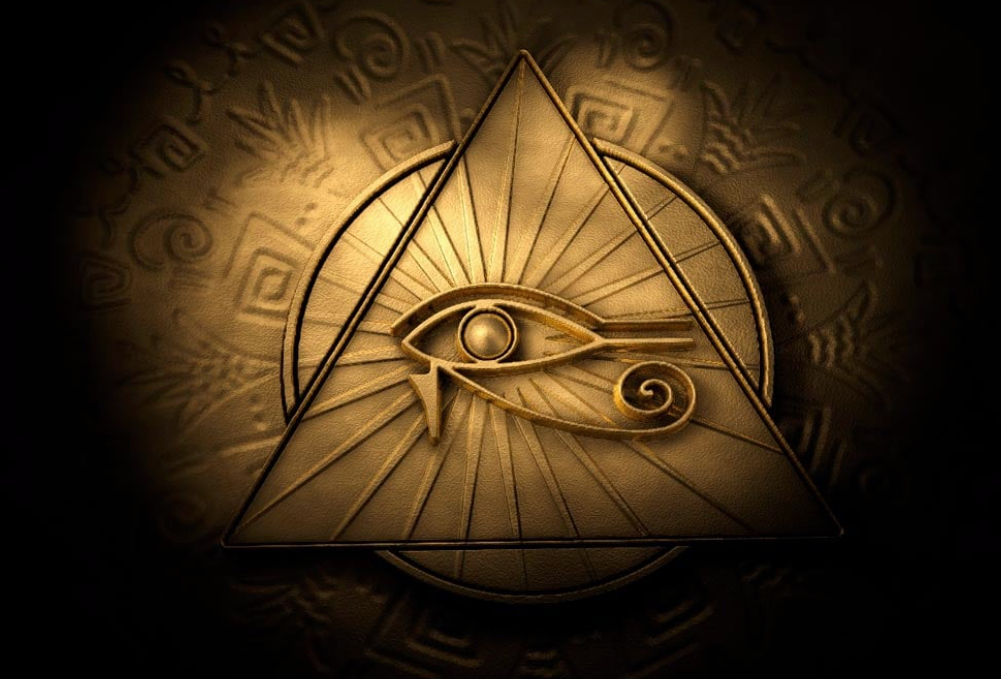
The Declaration
This enigma continued to shape the eye's path through history, culminating in the late 18th century. France, post-revolution, saw the Eye of Providence adorning Jean-Jacques-François Le Barbier's 1789 The Declaration of the Rights of Man and of the Citizen, symbolizing paternalistic vigilance over the newly born egalitarian nation.



